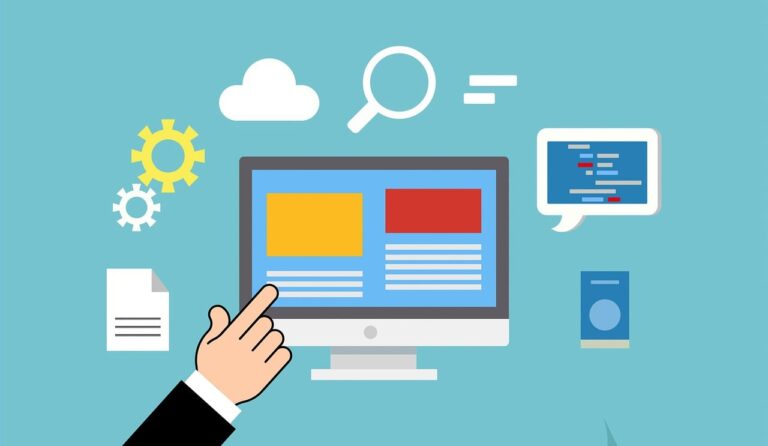Resources on Accessibility in Canvas
Accessibility is a big subject, but we have lots of resources for you! For a broad overview of the hows and whys of accessibility, check out Digital Accessibility Resources at Emerson. This guide is intended to help you design content and resources that are more accessible to users from the start. For support with individual-specific accommodations, please consult Get Help on Digital Accessibility Resources.
For the rest of this blog post, I’ll be focusing on resources for proactive accessibility when working with Canvas. This includes both the content in Canvas (text written in the Canvas Rich Content Editor well as content added to Canvas such as documents and video) in addition to how to design your course in Canvas and arrange content for accessibility. For a summary of best practices that includes both of these aspects, check out Teaching Guidelines for Making Courses Accessible.
Accessible Canvas Content
Canvas itself is accessible and 508-compliant. What I mean by “Canvas itself” is that Canvas’s functions and features are accessible – color schemes with appropriate levels of color contrast, menus that can be navigated by the tab key, operable with a screen reader. Canvas is meant to be used as a container and a tool for presenting and managing your class content, so there are best practices for the content that you add to Canvas. “Content” here refers to the text, images, audio-visual content, and documents in your class.
ITG Blog Posts on Accessible Canvas Content
Accessibility Tools in Canvas provides an overview of the tools available in Canvas for assessing the accessibility of content in the Rich Content Editor, files and images uploaded to Canvas, and your course overall.
Support Articles on Accessible Canvas Content
Support articles referenced in this blog post included the following:
Canvas Course Design
Think of Canvas content as building blocks for your Canvas course. The building blocks themselves should be accessible, but then there are also ways to combine those building blocks for accessibility. Here’s where Universal Design for Learning (UDL) comes into play. ITG offers training opportunities on UDL. There are also self-guided courses on UDL available.
Resources on Universal Design for Learning
- Reaching All Types of Learners with UDL: This blog post provides an overview of how to apply UDL principles in Canvas.
- Applying Universal Design for Learning (UDL) to Your Canvas Course: This support article provides more details on using Canvas’s features for UDL.
Questions? Feel free to reach out to ITG for assistance! We can be reached by email at itg@emerson.edu. You can also call us at 617-824-8090 during business hours. Business hours for ITG are located at the bottom of https://support.emerson.edu/hc/en-us.

